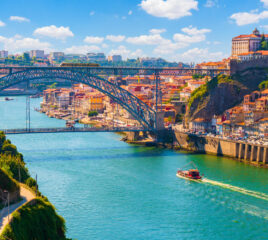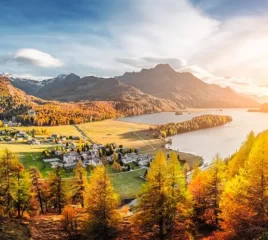Stay Like a Local: Experience Greece’s Monasteries & Mountain Villages

The Call of Rural Greece
Greece’s islands may steal the spotlight, but its mountains and monasteries hold a quieter, deeper magic. Here, time slows down. Villages stand frozen in stone, their cobbled lanes echoing with centuries-old traditions. Cliff-top monasteries appear to float between earth and sky, while alpine landscapes roll out in every shade of green.
Travel Smart, Stay Connected
Instant eSIM activation for Greece’s remote monasteries and villages.
For travellers seeking authentic, soul-stirring experiences, rural Greece offers more than a holiday — it offers immersion. Two destinations stand out for their unmatched atmosphere and heritage: the monasteries of Meteora and the stone villages of Zagori. Both are steeped in history, surrounded by nature, and perfect for travellers who value culture as much as scenery.
Meteora – Greece’s Sky-High Monastic World
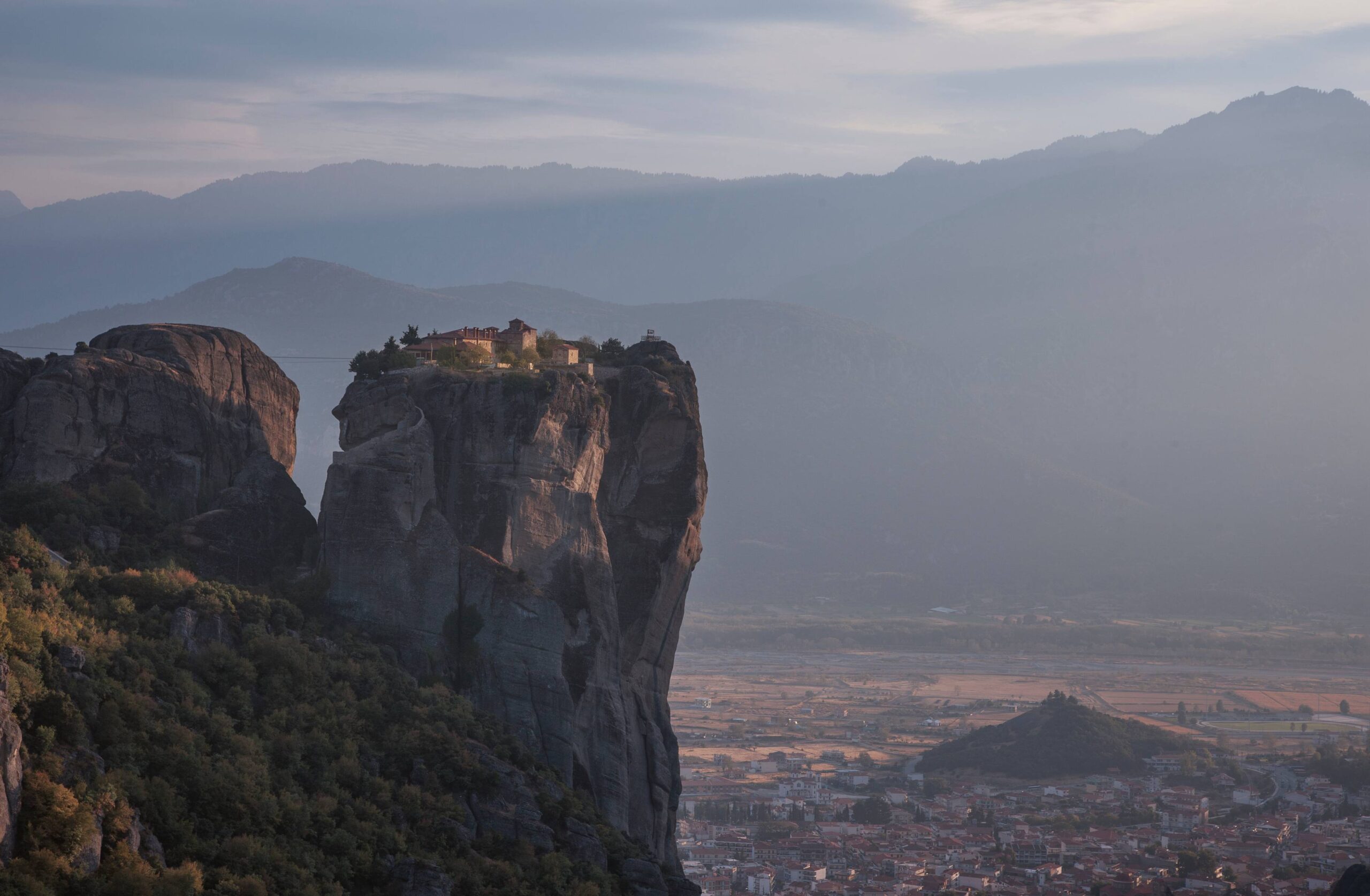
Why Visit
Perched atop massive sandstone pillars, Meteora’s monasteries are among the most dramatic religious sites in the world. Built between the 14th and 16th centuries, these monasteries were designed for isolation, spiritual retreat, and protection from invaders. Today, six monasteries remain active, housing monks and nuns who continue centuries-old traditions.
Highlights for Visitors
- Holy Monastery of Great Meteoron – The largest and oldest, with a museum and breathtaking views.
- Varlaam Monastery – Known for its impressive frescoes and original water barrels.
- Rousanou Monastery – A smaller, serene convent with a welcoming atmosphere.
- Scenic Hiking Trails – Old footpaths between monasteries offer some of the best panoramic viewpoints.
Etiquette & Visiting Rules
- Dress modestly — long skirts for women, long trousers for men.
- Shoulders must be covered. Shawls are often provided but best to bring your own.
- Silence is appreciated; speak softly and avoid loud group conversations.
- Photography is allowed in some areas but forbidden in others — always ask first.
Zagori – The Stone Villages of Epirus
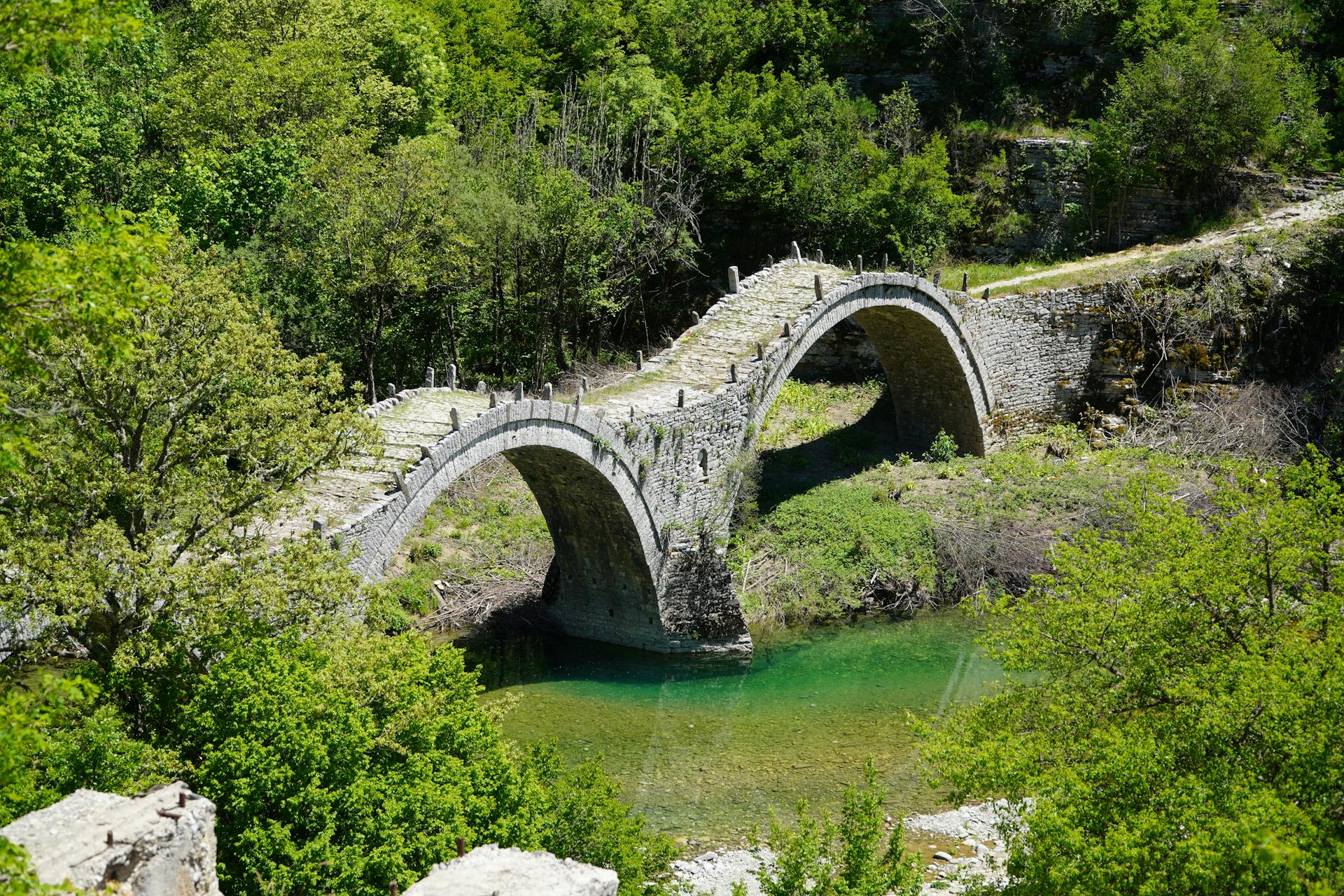
Why Visit
Hidden in the Pindus Mountains, the 46 traditional Zagori villages are connected by a network of centuries-old stone bridges and footpaths. Each village features slate-roofed houses, arched bridges, and stunning mountain backdrops.
Highlights for Visitors
- Papingo Villages – Mikro and Megalo Papingo, gateways to the Vikos Gorge.
- Vikos Gorge – Listed in the Guinness Book as the world’s deepest canyon relative to its width.
- Kipoi – Known for its impressive concentration of historic stone bridges.
- Monodendri – A lively base with traditional guesthouses and handicraft shops.
Exclusive VOYE15 Offer
Enjoy 15% off your Greece eSIM plan with VOYE15 at checkout.
Activities
- Hiking the old cobblestone trails (“kalderimia”).
- Sampling Epirus cuisine — pies stuffed with herbs, cheese, or wild greens.
- Visiting small local museums on rural life.
Booking Tips for Monasteries & Villages
- Reserve Early in Peak Season
June to September is high season. Monastery guesthouses and village inns can fill up fast. - Look for Family-Run Stays
These offer more personal interaction, homemade meals, and local insight. - Check Transportation Options
Some villages have limited bus connections. You may need a rental car. - Ask About Guided Tours
Local guides can enrich your understanding of history and culture.
When to Go?
- Spring (April–June) – Mild weather, blooming wildflowers, fewer crowds.
- Autumn (September–October) – Crisp air, autumn foliage, ideal hiking conditions.
- Winter (November–March) – Snow in the mountains, quieter atmosphere, but some guesthouses may close.
What to Pack?
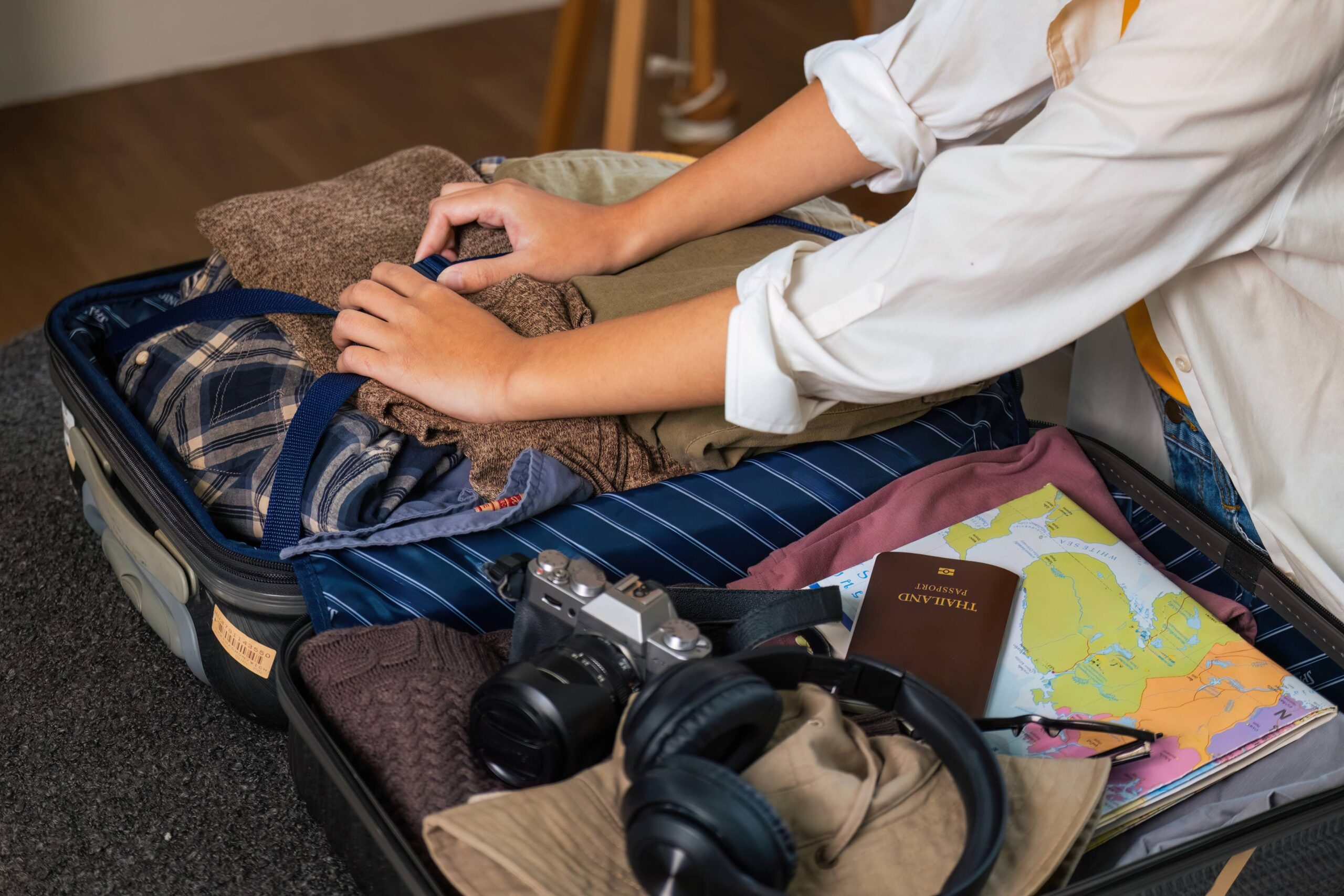
- Layered Clothing – Mountain weather can shift quickly.
- Comfortable Walking Shoes – Essential for cobblestone paths and monastery steps.
- Scarf/Shawl – For monastery dress codes and warmth.
- Reusable Water Bottle – To stay hydrated during hikes.
- Portable Power Bank – Useful for long days in remote areas.
Staying Safe and Connected in Remote Greece
While rural Greece is generally safe, being connected can make a difference — whether you’re navigating winding mountain roads, calling for a taxi in a remote village, or checking weather updates before a hike. An eSIM ensures you always have data without relying on patchy public Wi-Fi.
Explore Rural Greece with Limitless Data
Stay online for maps, bookings, and safety alerts.
With Voye Global’s eSIM for Greece, you can:
- Get instant activation — no store visits or SIM swaps.
- Access multiple networks for better coverage in rural areas.
- Avoid high roaming fees from your home provider.
About Voye Global

Voye Global is your trusted travel connectivity partner, offering instant-activation eSIMs for over 200 destinations worldwide. We specialise in keeping travellers connected — even in the world’s most remote corners.
Why Choose Voye Global?
- Reliable Multi-Network Access – Switch automatically to the strongest local signal.
- Transparent Pricing – No hidden roaming charges.
- Eco-Friendly – No physical SIM waste.
- Global Support – 24/7 assistance, no matter your timezone.
What Makes Us Different?
We combine the flexibility of digital SIM technology with the reassurance of global coverage. Whether you’re hiking the Vikos Gorge or climbing Meteora’s monastery steps, we make sure your phone works when you need it most.
VOYE15 for Extra Savings
Use VOYE15 for 15% off all Greece eSIM packages today.
Greece Beyond the Postcards
Staying in a Greek monastery or a mountain village isn’t just a trip — it’s an experience in slowness, tradition, and connection. From Meteora’s awe-inspiring heights to Zagori’s hidden stone hamlets, rural Greece invites you to step away from tourist trails and into a living history.
And while these places may be remote, they don’t have to mean being cut off. With Voye Global’s eSIM, you can carry both the peace of the mountains and the reassurance of instant connectivity — the perfect balance for a truly enriching Greek adventure.
FAQs
1. Can tourists stay overnight in Meteora’s monasteries?
No, the monasteries are active religious sites. Accommodation is in nearby villages like Kastraki or Kalambaka.
2. Are there English-speaking guides in Zagori?
Yes, many local guides speak English, especially in popular villages.
3. Is it easy to rent a car in rural Greece?
Yes, but book in advance during summer. Roads can be narrow, so drive carefully.
4. Do monasteries have entrance fees?
Yes, typically €3 per person per monastery.
5. What’s the best way to reach Zagori without a car?
Limited buses run from Ioannina, but for flexibility, a rental car is recommended.
6. How does an eSIM work in rural Greece?
Voye Global eSIM connects to multiple local networks, ensuring strong coverage even in mountains.
7. Can I top up my eSIM data during my trip?
Yes, Voye Global allows instant top-ups via our website.
8. Is Voye eSIM compatible with all smartphones?
Most modern smartphones support eSIM — check our compatibility list.
9. Do I need a local Greek number for emergencies?
Not necessarily — with a data connection, you can use VoIP or messaging apps.
10. Will I still have coverage inside monasteries?
Signal may be weaker indoors, but Voye eSIM maximises available network options.
Explore Greece Without Limits
Seamless data for monasteries, villages, and hidden trails.





